Decarbonising a Cement Facility for Sustainable Aviation Fuel Production
The cement industry is a recognised hard to abate sector. Cement kilns require extremely high temperatures, and this does not easily lend itself to electrification. But importantly, the raw feedstock material is mostly composed of carbonates, which when heated, decompose to produce CO2, typically accounting for 60% of a facility’s emissions.
The aviation sector is similarly challenged in regard to emission reductions. Electrification has been used in limited cases for small aircraft over short distances. However, the majority of passenger and cargo flights carry significant loads and cover long distances, exceeding the storage capacity of current batteries. Hence, alternative high calorific and low carbon liquid fuels liquid are needed to effectively decarbonise the aviation sector.
Petrofac completed a feasibility study for a European consortium, aimed at tackling decarbonisation in both the cement and aviation industries. This project employs Cryogenic CO2 capture technology to strip out CO2 from the flue gas of an existing cement plant operated by one consortium member. Some of this CO2 will be sequestered underground at a storage site, but most of it will be combined with green hydrogen, produced and supplied by second consortium member, to generate sustainable aviation fuel (SAF). Logistics of the SAF and CO2 products will be handled by a third consortium member.
Petrofac evaluated three distinct pathways to generate SAF from captured CO2 and green hydrogen –Reverse Water-gas shift to Fischer-Tropsch, Ethanol-to-Jet and Methanol-to-Jet – completing detailed designs based on technology licensor information and performing robust economic evaluations. A single technology pathway was recommended based on the consortium decarbonisation requirements and project specific constraints, including potential product flexibility and by-product formation. We also investigated some of the challenges encountered in integrating the technology blocks to create a cohesive and robust design involving novel elements.
Ultimately, the study illustrated that producing SAF from captured CO2 and green hydrogen is technically feasible. Additionally, selecting the right technology pathway based on project specific constraints, along with the appropriate financial structure and incentives in place, can result in a commercially viable project.

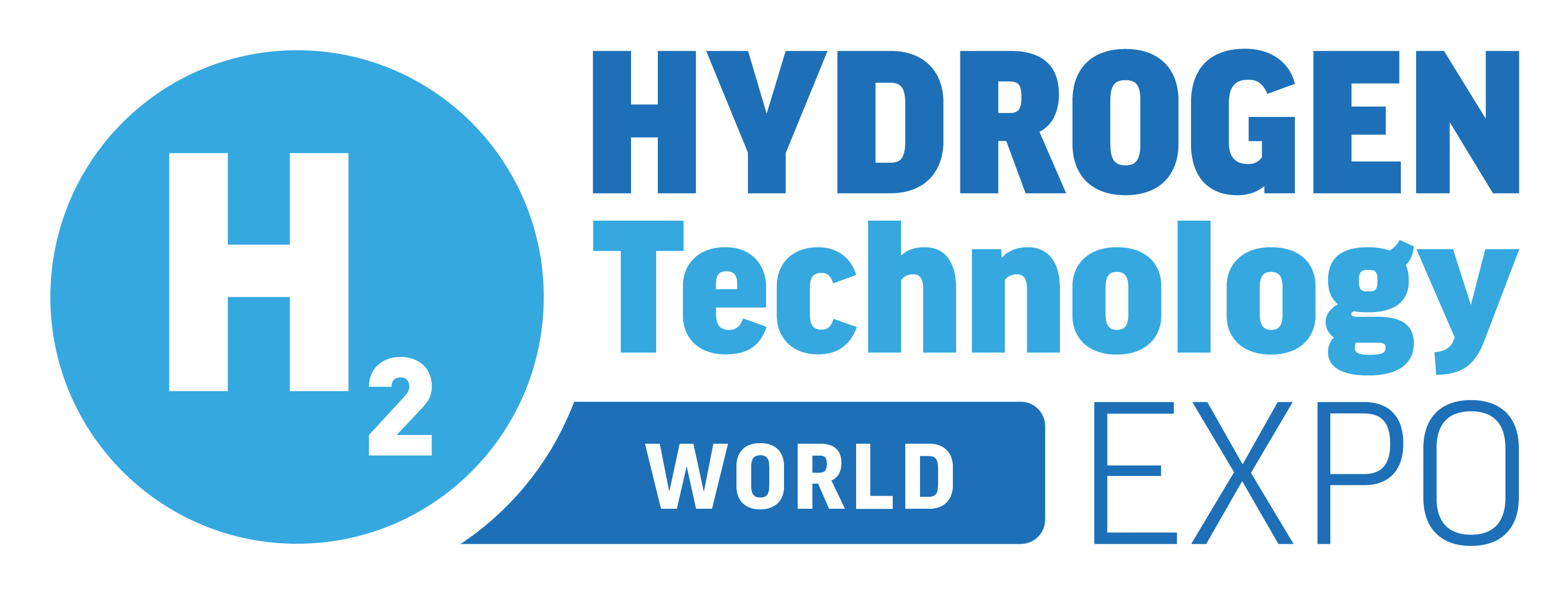

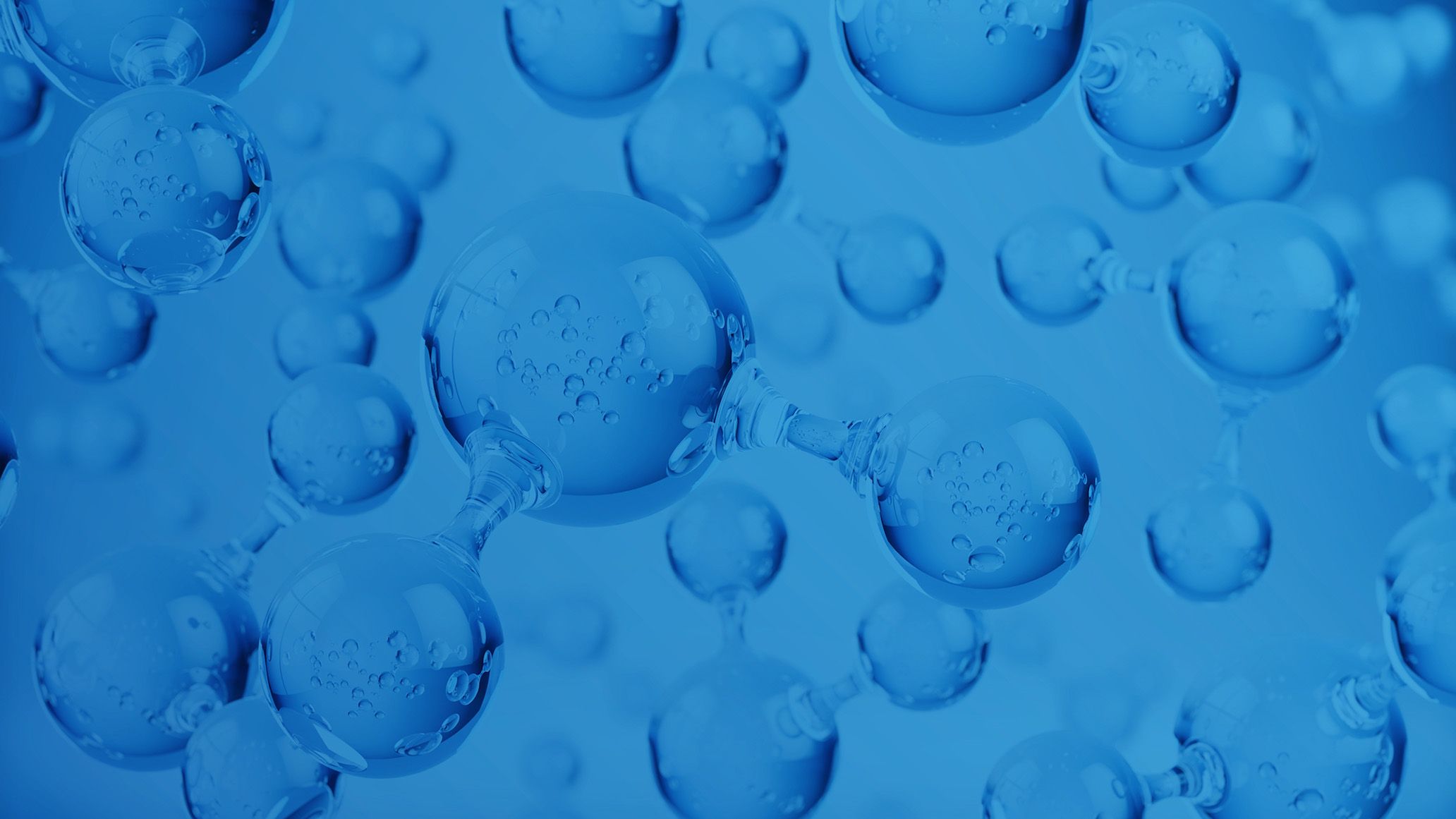
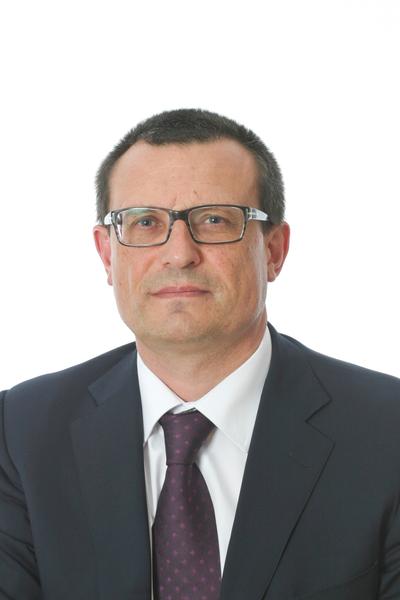
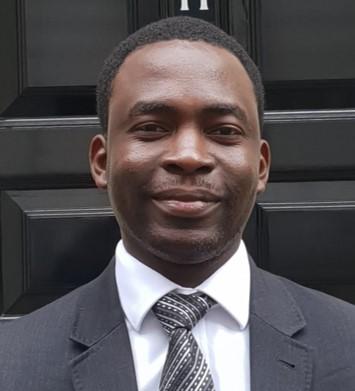
)
)
)
)
)
)
)
)
)
)
)
)
)
)
)
)
)
)
)
)
)
)
)
)
)
)
)
)
)
)
)
)
)
)
)
)
)
)
)
)
)
)
)
)
)

)
)
)
)
)
)
)
)
)
)
)
)

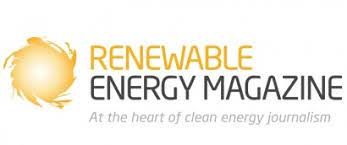
)
)
)
)
)
)
)
)
)
)
)
)

)
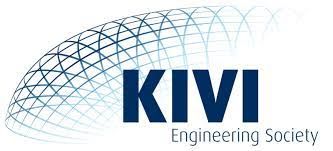
)
)
)

)
)
)
)
)
)
)
)
)

)
)
)
)

)
)
)
)
)
)
)
)
)
)

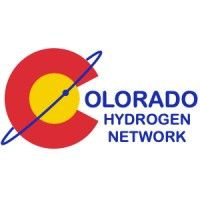
)

